Photos should be in JPEG format and no bigger than 6MB.
If you are going to post your form, they can be on a CD or USB stick.
If you need to submit printed photographs, write the address/location of the asset on the back of the image. We are not able to return any photographs submitted as hard copies.
How to take the best photographs of a heritage asset to support your nomination
Photos of the heritage asset are one of the best ways you can support your local list nomination. They are a great way to capture detail and expand on a written description.
They are also an important visual record of the asset's condition at the time of nomination. You do not need expensive equipment or a professional to take them. The cameras on most mobile phones are good enough for this.
You need to record details that illustrate the heritage values of the asset. Clarity is more important than artistic merit.
You can also include:
- historic photographs from your own collection
- links to photographs you have found online
These can help show how the asset has (or has not) changed over time. For example, vegetation growth might diminish or obscure important features.
The extra information offered by these photos is important to support your case.
The most helpful photographs include a range of distance and close up shots. See below for an example of this:
The setting and details of the grade II listed Hardy Monument
Location: the summit of Black Down
General views of the asset in its context, capturing views from near and far
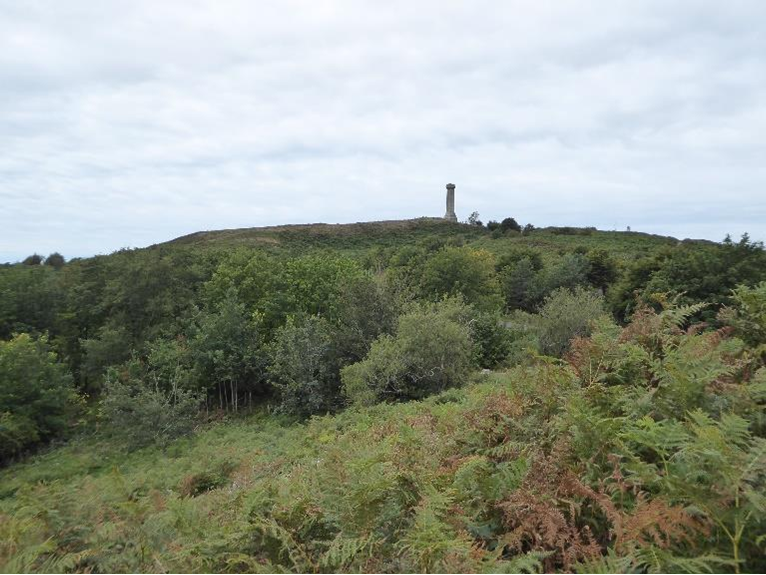
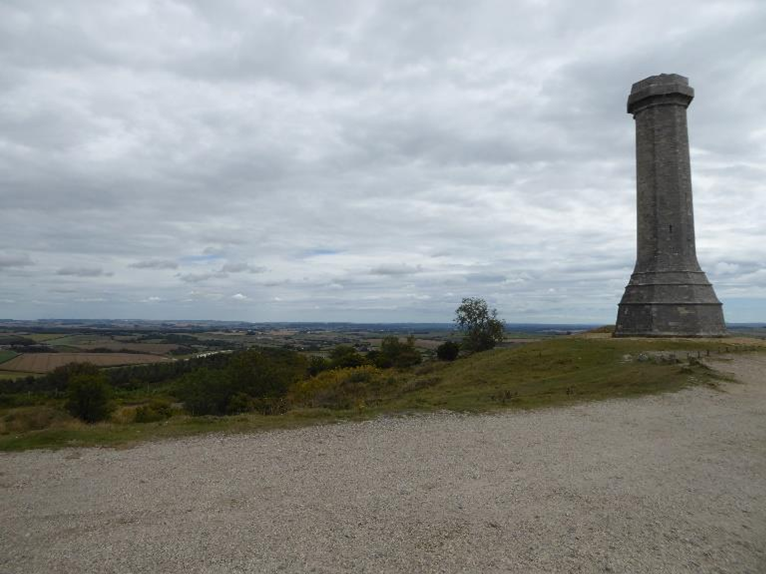
Views that show the asset's setting or group value with adjacent heritage assets
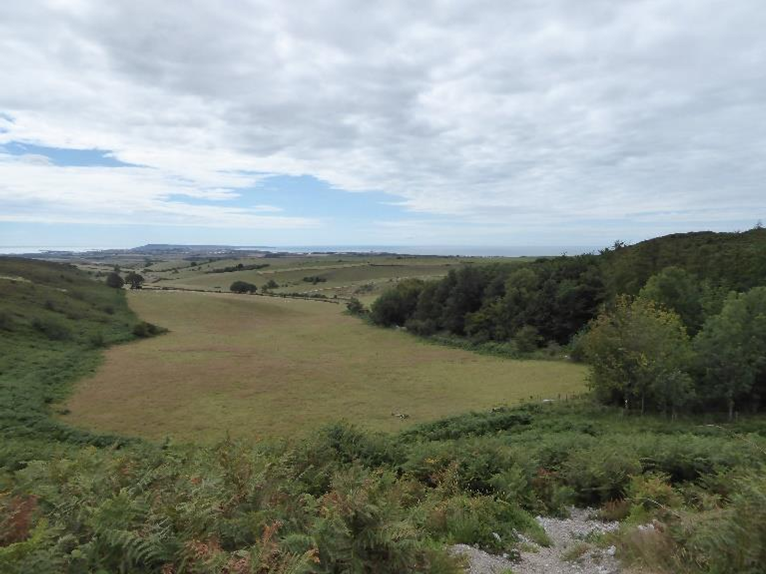
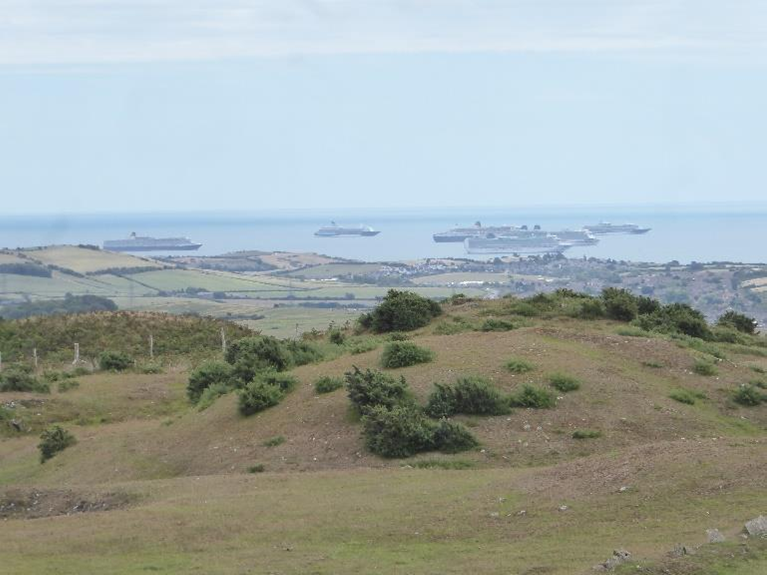
A view of each elevation, taken straight on where possible
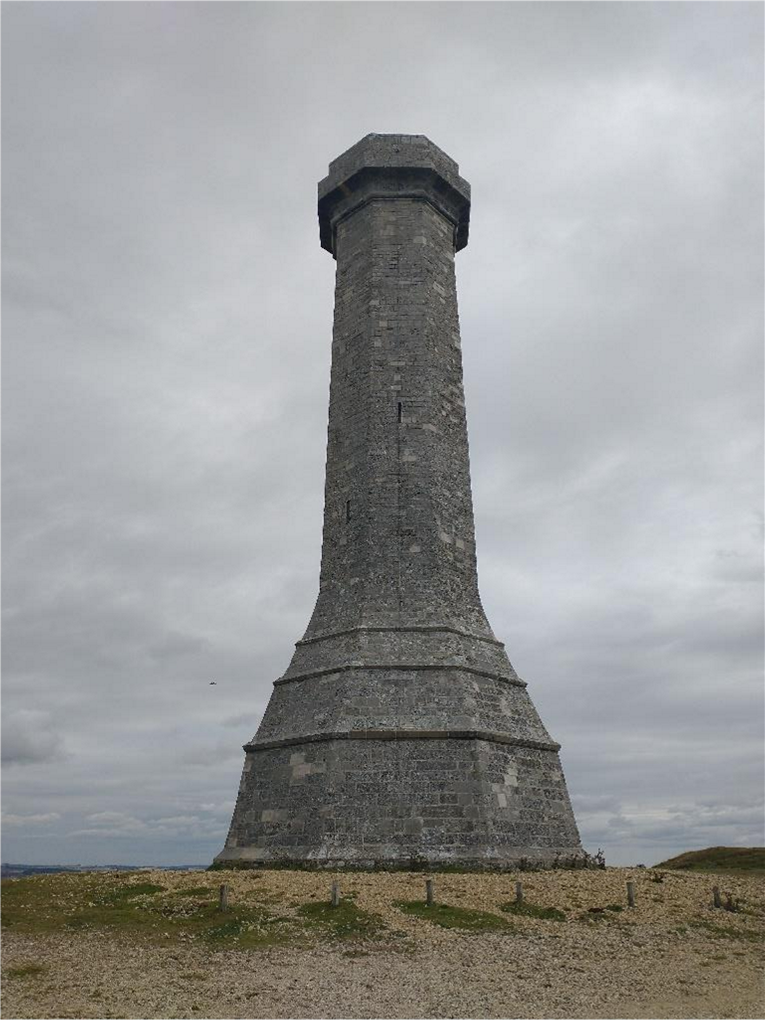
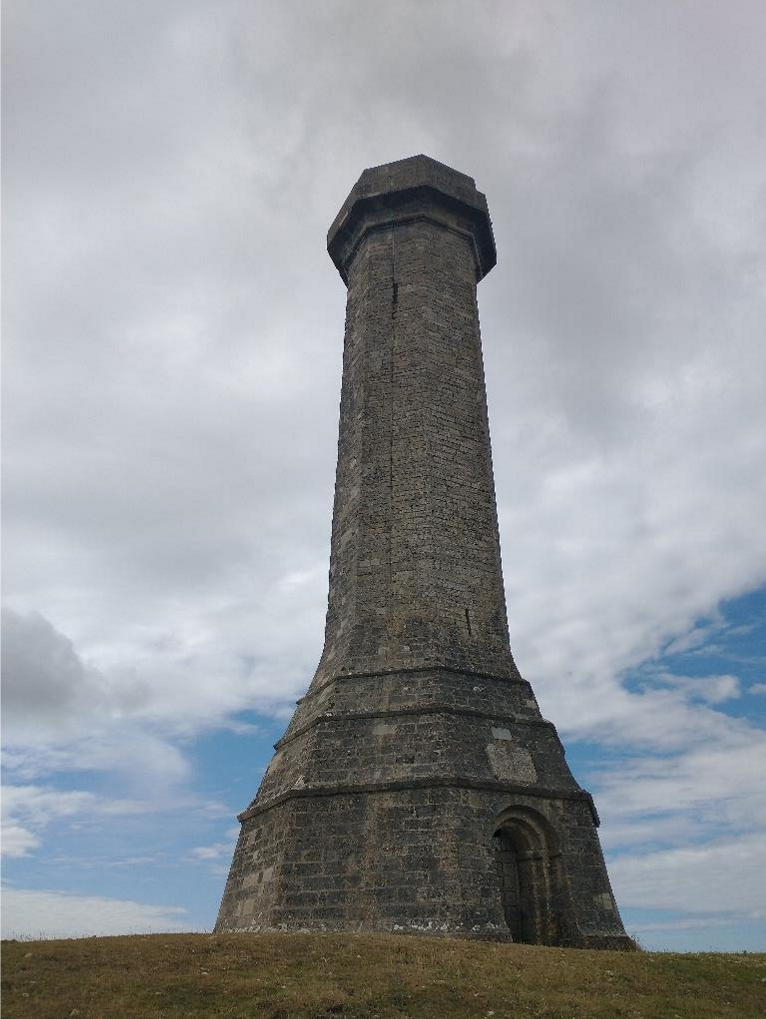
Close up of structural details, materials, decorative details, fixtures, fittings or machinery
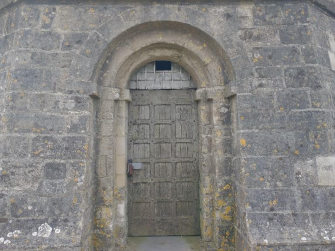
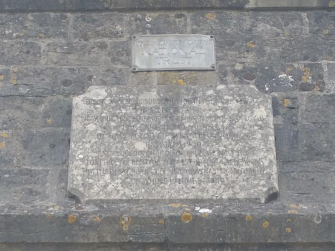
Tips for getting the best out of your photographs
When taking these photographs, it may be useful to keep the following in mind:
Go big to small
You should:
- start with views of the building, structure or site within its context
- note any associated structures (such as boundary walls)
- note relationships with other heritage assets (such as a vicarage with its church)
- then take closer photos of the asset itself. Include:
- views from all sides across the site
- whole elevations of buildings or structures.
- finally, zoom in on significant details. For example:
- date stones for buildings
- earthworks for sites
- water features, follies and bandstands for designed landscapes
Work from the top down
It can be helpful with buildings and structures to work from the roof to the ground. This helps make sure important details are not missed.
For roofs, think about:
- materials
- its shape and pitch
- decorative timberwork chimneys
For elevations, think about:
- materials
- doors
- windows
- date stones
- plaques
- signs
- inscriptions
- maker's marks
- a transcription will be valuable too if the lettering is hard to read
Think about the time of day
As well as low light levels, bright but low sunlight can make photos too dark to be of use. This is especially true of views looking south toward an asset. Try to take photos when the sun is at its highest to avoid shadows and blackouts.
Consider how the asset is used
It may not be appropriate to take photographs at certain times of the day or week, for example, schools. Think about when the asset is least likely to be in use. This will help to protect the privacy and safety of you and the occupants of the buildings. Remember, only take photographs from public land. You need to have the express permission of the owner to access the asset more closely.
Aim for uninterrupted views
Try to take photographs that give clear views of the asset and do not include people or vehicles. At the least, do not include:
- people's faces
- car licence plates
- any signs that provide personal details
Nominating without photos
You can still nominate without photos.
You may photograph an asset from a public highway, right of way or space, but not all assets are visible in this way.
Photos are preferred with nominations. If you are legally unable to take them then you can still submit your nomination. Instead, describe the asset in as much detail as you can. Note details such as surviving architectural features, orientation, scale and layout.
Do not trespass on private land to take photographs. You have permission from the owner.
